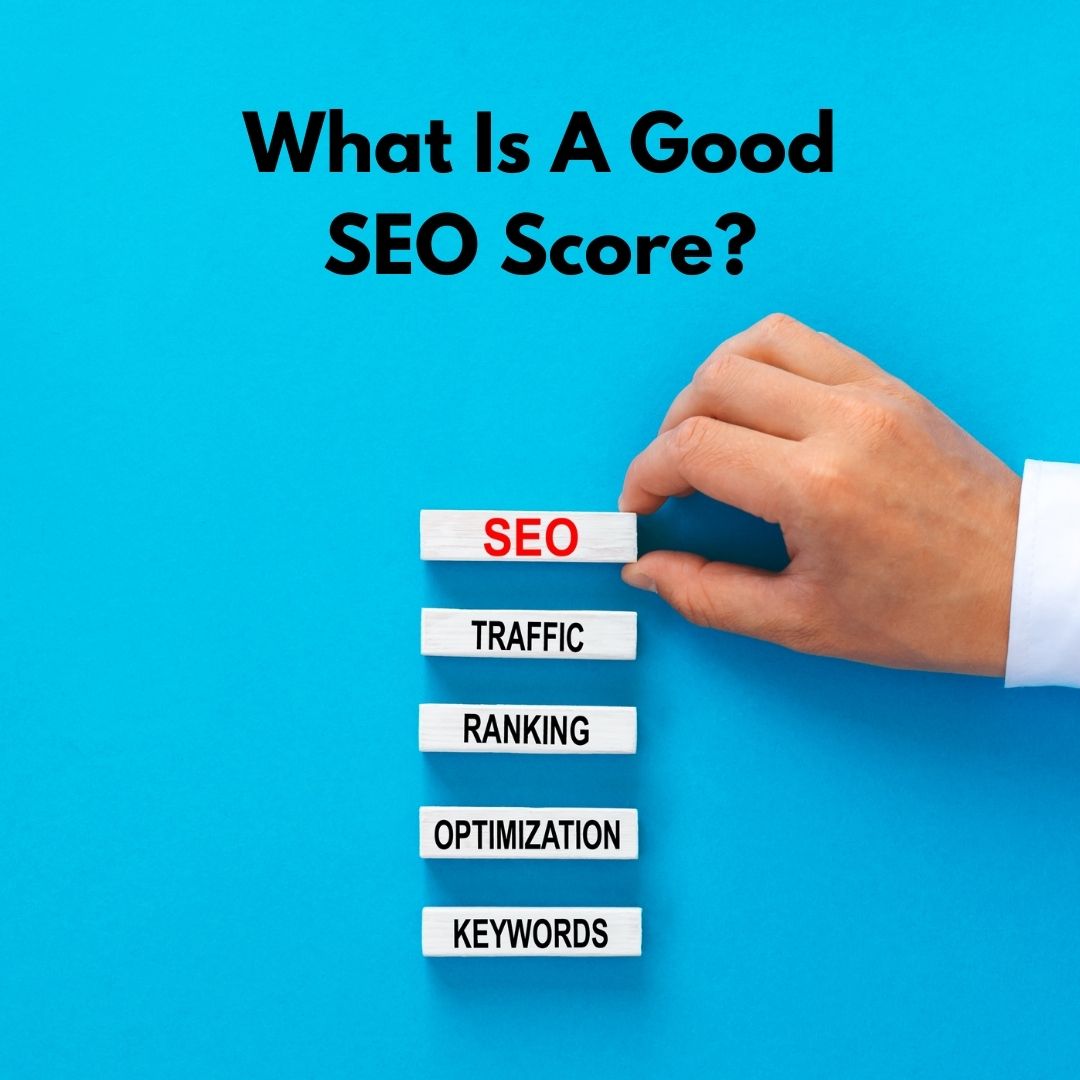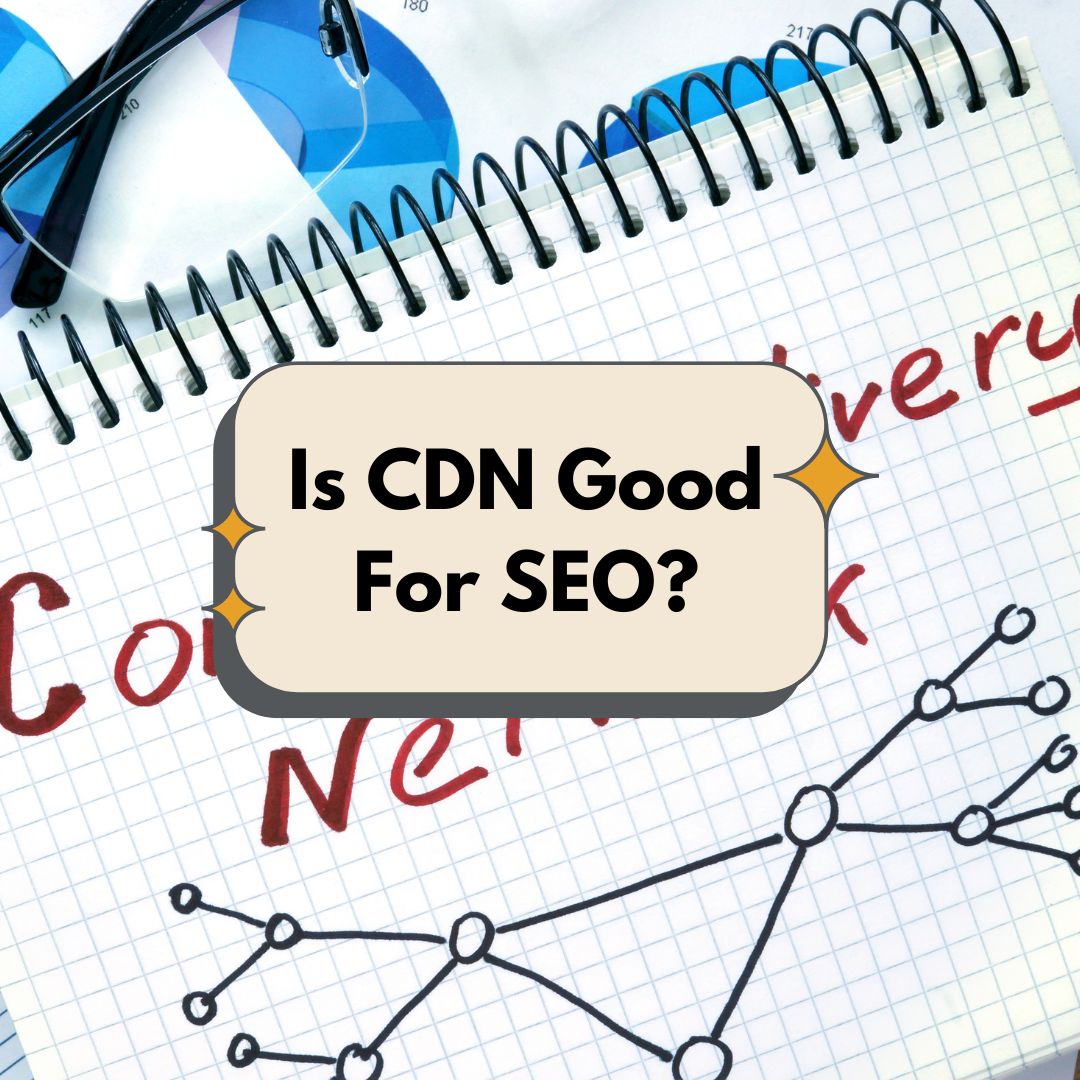What is the Google Sandbox? The term "Google Sandbox" refers to a speculated phase where…

How to Create an Effective SEO Content Strategy?
What is SEO Content?
How to create an effective SEO content strategy? SEO content is any type of content that you create for your website with the purpose of attracting organic traffic from search engines. SEO content can be in various formats, such as:
- Blog posts
- Articles
- Guides
- Ebooks
- Infographics
- Videos
- Podcasts
- Webinars
- And more
SEO content is not just about stuffing keywords into your text. It is about creating content that is relevant, useful, engaging, and authoritative for your target audience and search engines.
Why is SEO Content Important?
SEO content is important for many reasons. Here are some of the main benefits of SEO content for your website:
- SEO content helps you rank higher on search engines for relevant keywords and queries that your target audience is searching for. This can increase your visibility, reach, and traffic.
- SEO content helps you build trust and credibility with your audience. When you provide valuable information or solutions to their problems or needs, they perceive you as an expert and a reliable source.
- SEO content helps you increase your conversions and sales. When you create content that matches the user’s intent and guides them along their journey, they are more likely to take the desired action or buy from you.
- SEO content helps you gain a competitive edge over your rivals. If you create better content than your competitors, you can capture more market share and customers.
How to Create an Effective SEO Content Strategy?
An SEO content strategy is a plan that outlines how you will create, optimize, and promote your content to achieve your goals. An effective SEO content strategy should follow these 7 steps:
Step 1: Research Your Target Audience
The first step in creating an effective SEO content strategy is to research your target audience. You need to know who they are, what they want, what they need, what they search for, and how they behave online.
To research your target audience, you can use various methods and tools, such as:
- Surveys
- Interviews
- Feedback forms
- Analytics tools
- Social media platforms
- Keyword tools
- Competitor analysis
The goal of this step is to create buyer personas, which are fictional representations of your ideal customers based on real data and insights. Buyer personas can help you understand your audience’s pain points, goals, motivations, challenges, preferences, and behaviors.
Step 2: Generate a List of Topics
The next step in creating an effective SEO content strategy is to generate a list of topics that are relevant and valuable for your target audience and search engines.
To generate a list of topics, you can use various sources and techniques, such as:
- Brainstorming
- Keyword research
- Search intent analysis
- Content gap analysis
- Trend analysis
- Content ideation tools
The goal of this step is to come up with a list of topics that cover the different stages of the buyer’s journey, which are:
- Awareness: The stage where the buyer realizes they have a problem or a need and starts looking for information or solutions.
- Consideration: The stage where the buyer evaluates different options or alternatives to solve their problem or meet their need.
- Decision: The stage where the buyer makes a final choice or takes action.
Step 3: Identify Your Keywords
The third step of creating an effective SEO content strategy is to identify the keywords that you want to target for each topic. Keywords are the words and phrases that users type into search engines when looking for information or solutions related to their niche.
To identify your keywords, you can use tools like Ahrefs’ Keywords Explorer or Google Keyword Planner to generate keyword ideas, analyze their search volume, difficulty, and relevance, and choose the best ones for your topics.
You should aim for keywords that have high search volume (how many times per month people search for them), low competition (how hard it is to rank for them), and high relevance (how well they match the user’s intent and your topic).
Step 4: Choose Your Content Formats
The fourth step of creating an effective SEO content strategy is to choose the best content formats for each topic and keyword. Content formats are the different ways that you can present your content, such as:
- Blog posts
- Articles
- Guides
- Ebooks
- Infographics
- Videos
- Podcasts
- Webinars
- And more
To choose the best content formats, you need to consider various factors, such as:
- Your audience’s preferences and behaviors
- Your topic’s complexity and depth
- Your keyword’s search intent and difficulty
- Your goal’s measurability and achievability
You should also look at what content formats are already ranking well on search engines for your keywords and topics and try to create something different or better.
Step 5: Create Your Content Plan
The fifth step of creating an effective SEO content strategy is to create your content plan. A content plan is a document that outlines the details of your content creation process, such as:
- The title and description of each piece of content
- The target keyword and related keywords for each piece of content
- The content format and length for each piece of content
- The goal and value proposition for each piece of content
- The call to action and next steps for each piece of content
A content plan can help you organize your ideas, streamline your workflow, and ensure consistency and quality across your content.
Step 6: Produce and Optimize Your Content
The sixth step of creating an effective SEO content strategy is to produce and optimize your content. This is the most important and time-consuming step of the process, as it involves writing, editing, designing, and publishing your content.
To produce and optimize your content, you need to follow these tips:
- Write in clear and concise language that matches your audience’s level of knowledge and tone of voice.
- Use short paragraphs, bullet points, lists, images, videos, charts, or other visual elements to break up the text and make it more engaging.
- Use transition words to connect your sentences and paragraphs smoothly.
- Use examples, stories, quotes, statistics, or other evidence to support your claims and arguments.
- Use keywords and related keywords naturally throughout your content, especially in your title tag, meta description, URL, headings, subheadings, and first paragraph.
- Use internal links to other relevant pages on your website and external links to authoritative sources that support your claims or provide more information.
- Use a clear and compelling call to action at the end of your content to encourage your readers to take the next step or action that you want them to take.
Step 7: Measure and Improve Your Content Performance
The seventh and final step of creating an effective SEO content strategy is to measure and improve your content performance. This is the step where you track, analyze, and optimize the results of your content marketing efforts.
To measure and improve your content performance, you need to use tools like Google Analytics, Google Search Console, Semrush, or Ahrefs to track various metrics and indicators of your content success, such as:
- Traffic: How many visitors are coming to your website from organic or paid search results?
- Conversions: How many visitors are completing a desired action on your website after coming from search results? This can be anything from signing up for a newsletter, downloading an ebook, filling out a form, making a purchase, or any other goal that you have set for your website.
- Rankings: How high your website is showing up on search results for each keyword that you are targeting.
- Engagement: How long your visitors are staying on your website, how many pages they are viewing, how often they are returning, how much they are interacting with your content, etc.
You should also use tools like Ahrefs’ Content Explorer or BuzzSumo to track how well your content is performing on social media platforms, such as:
- Shares: How many times your content is being shared on social media platforms like Facebook, Twitter, LinkedIn, Pinterest, etc.
- Likes: How many times your content is being liked on social media platforms like Facebook, Twitter, LinkedIn, Pinterest, etc.
- Comments: How many times your content is being commented on social media platforms like Facebook, Twitter, LinkedIn, Pinterest, etc?
Based on the data that you collect from these tools, you should identify what’s working well and what’s not working well for your SEO content strategy. You should then make adjustments and improvements accordingly.
Conclusion
SEO content is a powerful way to grow your online presence and reach more customers. By following these 7 steps, you can create an effective SEO content strategy that works for you.
If you need any help with creating or optimizing your SEO content strategy or want to learn more about it, feel free to contact us at PickAGeek. We have a team of experienced SEO experts who can help you achieve your goals.
Share this blog post with your friends and followers if you found it helpful!



